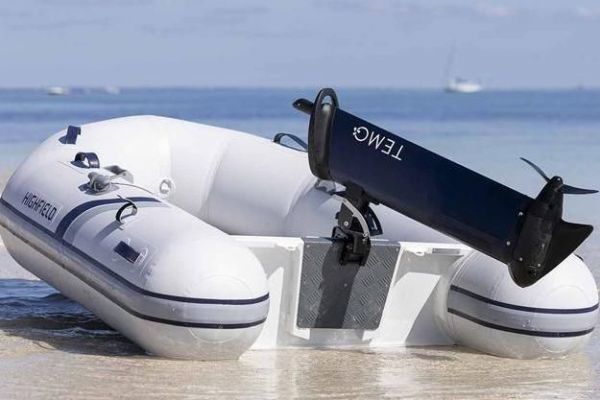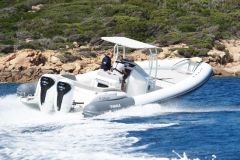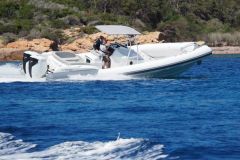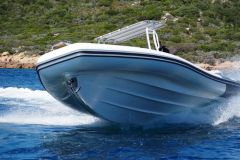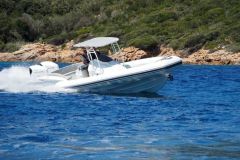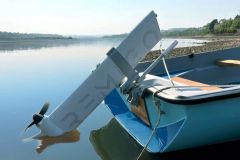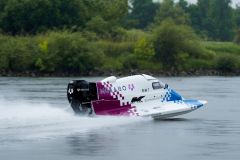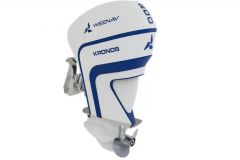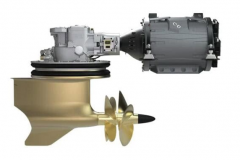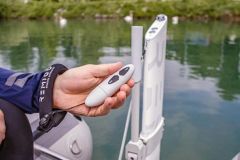Engine noise isn't just a nuisance in the air. Beneath the surface, the sounds produced by pleasure boating add to the anthropogenic background noise of the oceans. To better understand the impact of these emissions, Temo, in partnership with ENSTA Bretagne, has conducted a scientific study of the noise levels of several electric and internal combustion engines in real-life conditions.
Measuring underwater noise: a scientific challenge

The tests were carried out in June 2024 on Lac de Guerlédan, between the Temo 450, the Temo 1000, and two 3 and 5 hp thermal outboards. Engineers and researchers recorded the sound emissions of several engines in operation, then analyzed the signals over a wide frequency range, from 180 hertz to 45 kilohertz. The measurements, which enabled sound pressure levels to be compared at identical speeds, are expressed in dB SPL re1?Pa@1m
Here are the technical details:
- dB re 1 µPa means "decibels with respect to a reference pressure of 1 micropascal", the threshold of sound perception under water for the human ear.
- The @ 1 m indicates that the measurement is referenced at a distance of one meter from the sound source (the engine in this case).
- This is the international convention for expressing sound levels in underwater acoustics (ISO 18405 and ANSI/ASA S12.64 standards).
- Unlike airborne acoustics (where the reference is 20 µPa), the aquatic environment imposes this lower base because water transmits sound pressure around 60 times more efficiently than air.
In other words:
The sound level of a motor measured underwater will be expressed in dB re 1 µPa @ 1 m, which corresponds to the sound pressure level measured at one meter from the source, referred to a reference of 1 micropascal.
The team focused on spectral density to characterize dominant frequencies and identify the most important acoustic energy zones. This protocol provides a robust frame of reference for quantifying and comparing the noise of pleasure craft engines.
Thermal engines louder at low frequencies
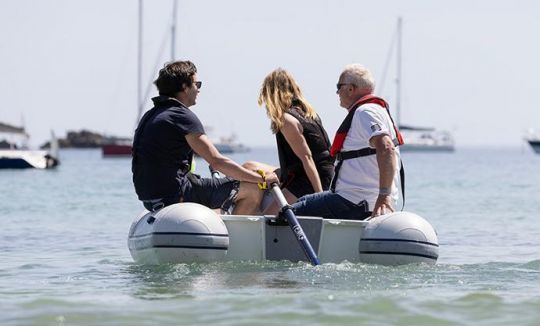
The results confirm a clear trend: combustion engines emit a sound level that is generally louder and more homogeneous across the entire spectrum. On average, the difference reaches 10 decibels SPL, i.e. a sound around five times more powerful than that of an electric motor.
This difference is particularly marked in the low frequencies, which propagate further underwater. These are also the frequencies used by many species to communicate or find their bearings, which increases the risk of acoustic masking, the main impact of recreational boating on wildlife.
Electric motors: more discreet but not totally neutral
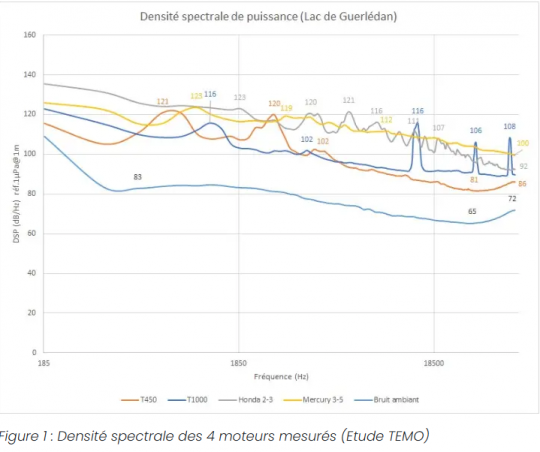
Electric motors are characterized by punctual emissions in certain frequency ranges. Localized peaks below 2 kHz are attributed to the propeller, while high-frequency spectral lines come from the power electronics (pulse-width modulation, or PWM).
While these specific emissions deserve to be studied in detail, their propagation remains limited: at 30 meters, the signal from electric motors almost merges with ambient noise, unlike combustion engines, which are still audible at this distance.
A mainly behavioral impact on wildlife
The intensities measured, although audible, do not appear to cause physiological lesions in wildlife. The impact is mainly behavioral, by altering the signals used for reproduction, feeding or group cohesion. Ethological studies show that prolonged masking can affect the reproductive success or survival of young individuals.
Results consistent with European studies
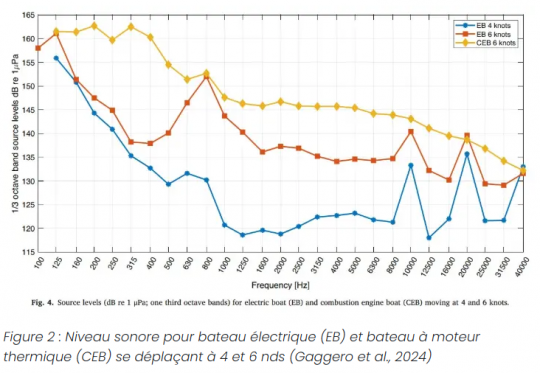
Two studies published in 2024 by Aradi et al. and Gaggero et al. confirm these trends. The differences observed between electric and internal combustion engines range from 5 to 15 dB SPL, depending on power and operating speed. Gaggero's Italian study also illustrates the difference in acoustic impact perimeters, which are smaller for electric boats, particularly for fish and dolphins.
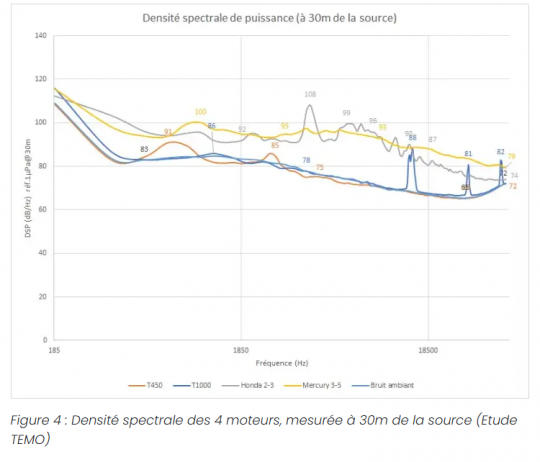
Technology tailored to coastal applications
Over and above the figures, the study underlines that electric motors are particularly well suited to typical boating applications: harbour manoeuvres, coastal cruising and anchoring. At low speeds, they generate little vibration and delay the onset of propeller cavitation, the main cause of mechanical noise. Their silence at standstill makes them even more attractive for sensitive areas or those frequented by wildlife.
Taking noise into account in design

For TEMO, this research is part of a continuous improvement process. The company now wishes to integrate underwater noise into its environmental design criteria, alongside emissions and fuel efficiency. The avenues identified concern the optimization of power electronics and propeller geometry.

 /
/ 